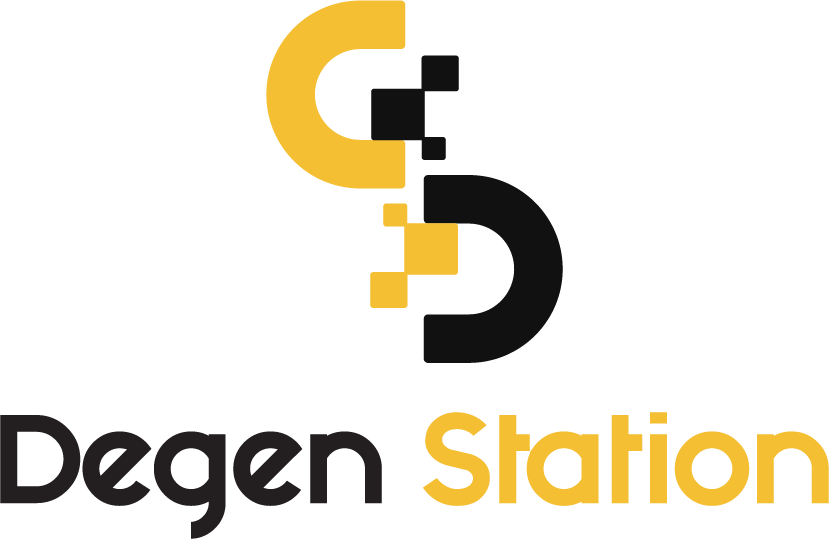dYdX Insurance Fund Depletes by $9 Million Due to YFI Dump

dYdX, a decentralized exchange (DEX), had to use 40% of its $22.5 million insurance fund to cover losses from the 40% price dump of the YFI token.

Image: dYdX Insurance Fund Depletes by $9 Million Due to YFI Dump
One of the most talked-about tokens in the crypto community over the past 48 hours is yearn.finance (YFI), an early DeFi yield aggregator. Between November 9 and November 17, YFI's price surged by 153.3% from $6,300 to $15,955 - the highest level since the May 2022 LUNA-UST collapse.
Blockchain data provider Nansen highlighted that many DeFi investors opened new positions with YFI, fueling a fomo (fear of missing out) frenzy.
Smart Money buying YFI.
— Alex Svanevik 🐧 (@ASvanevik) November 16, 2023
DeFi Summer 2.0 let’s go. pic.twitter.com/lgVzoTWCil
Image: YFI Surge Fueled by Investor Interest
Source: Alex Svanevik on Twitter
However, on the morning of November 18, YFI plummeted to $8,258, wiping out 48% of its value in less than 12 hours.

Image: 4h Chart of YFI/USDT on Binance as of 10:50 AM on 19/11/2023
These drastic price swings led to significant liquidation of YFI derivatives positions across various exchanges, with dYdX being the hardest hit, losing $38 million.
On the evening of November 18, dYdX announced that it had to use $9 million from its insurance fund to cover the price slippage losses during the liquidation process. The insurance fund now stands at $13.5 million, indicating that 40% of its initial value was used to handle the YFI incident.
Antonio Juliano, the founder of dYdX, provided additional details, stating that the YFI derivatives open interest on dYdX skyrocketed from $0.8 million to $67 million over the past few days. He alleged that all these trades could be traced to a single source, suggesting a "manipulation attack intended to harm dYdX." Juliano also revealed that dYdX encountered a similar attack with the SUSHI token two weeks prior.
Last night about $9m from the dYdX v3 insurance fund were used to fill gaps on liquidations processed in the YFI market. The v3 insurance fund remains well funded with $13.5m in funds remaining
— dYdX (@dYdX) November 18, 2023
No user funds were affected and our team is working to investigate the event
Image: Antonio Juliano's Statements on YFI Incident
Source: Antonio on Twitter
Using the profits from YFI's price surge, the attacker managed to withdraw a substantial amount of USDC from dYdX before the token's crash. Juliano stated that it is unclear whether the spot market seller of YFI is the same as the one manipulating the derivatives to profit from dYdX. The exchange is investigating the market manipulation and threatens to involve law enforcement to bring the attacker to justice.
Juliano assured that other users' funds are safe and that dYdX will adjust trading parameters in both dYdX v3 and dYdX Chain to prevent similar incidents.
Many in the crypto community criticized dYdX for not taking preemptive measures against the price manipulation of low-liquidity tokens listed on the platform, especially after the recent SUSHI incident.
Here are the main points we know about the $YFI incident on dYdX so far:
— Antonio (@AntonioMJuliano) November 18, 2023
Reminder no user funds have been lost, but it is critical we understand what happened and adjust accordingly
- in the part few days $YFI open interest on dYdX spiked from $0.8m -> $67m
- basically all of…
Image: Community Reactions to dYdX Incident
Source: kamikaz_ETH on Twitter
On the morning of November 19, dYdX announced an increase in initial margin requirements for low-liquidity tokens, including EOS, ZRX, AAVE, ALGO, ICP, XMR, XTZ, ZEC, RUNE, SNX, ENJ, 1INCH, CELO, YFI, UMA, and SUSHI.
As an immediate measure, we have increased initial margin requirements for less liquid markets:$EOS, $ZRX, $AAVE, $ALGO, $ICP, $XMR, $XTZ, $ZEC, $SUSHI, $RUNE, $SNX, $ENJ, $1INCH, $CELO, $YFI, $UMA, $SUSHI
— dYdX (@dYdX) November 18, 2023
We will continue to monitor, but believe this to be an important first…
Image: dYdX Margin Requirements Update
Source: dYdX on Twitter
This incident brings to mind the October 2022 attack on the Mango Markets DEX on Solana, which resulted in a $114 million loss through similar manipulation tactics. The mastermind, Avraham Eisenberg, was later arrested by US authorities and is awaiting trial in 2024.
Eisenberg defended himself by claiming he used the DEX as designed, engaging in a "high-profit trading strategy." dYdX, in its November 19 post, echoed similar language to challenge the attacker.
Sorry, highly profitable trading strategies have now been banned on dYdX
— dYdX (@dYdX) November 18, 2023
Image: Historical Context and dYdX's Response to the Incident
Source: Antonio on Twitter
Vibes pic.twitter.com/Ogt9gSI2QK
— Antonio (@AntonioMJuliano) November 18, 2023
Image: Antonio's Commentary on the Incident
Source: Antonio on Twitter





